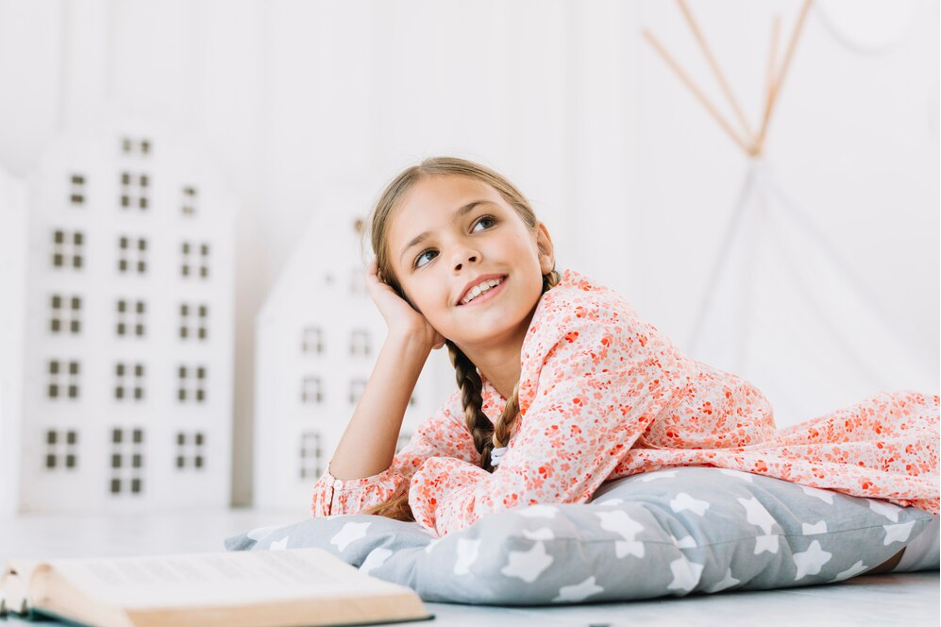
Guest post by Jenny Wise of specialhomeeducator.com
Designing a home that promotes the well-being of children on the autism spectrum is a shared aspiration among many parents. A supportive home environment can significantly impact their growth and happiness. In this article from Rainbow Acres, we’ll explore five crucial home features that can enhance your child’s quality of life, providing them with comfort and stability.
Designated Quiet Area Free From Sensory Stimulation
For children on the autism spectrum, the creation of designated quiet areas is crucial in offering a reprieve from the relentless sensory stimulation that can pervade their daily lives. These spaces serve as pivotal stress-relief zones, where simplicity and tranquility counteract the complexity of their sensory experiences. Whether it’s a secluded window seat that provides a view of nature or a tent brimming with soft cushions and gentle textures, these areas are transformed into personalized sanctuaries that foster moments of peace, self-reflection, and a much-needed sensory pause.
Create Structured Visual Schedules in an Accessible Format
Visual schedules act as tangible guides for children with autism, presenting the day’s routine in an accessible format. By aligning daily activities with visual symbols, these schedules can alleviate the apprehension of unpredictability. Tailoring these timetables with clear, colorful images that correspond to the day’s tasks can transform the often-daunting prospect of time management into a manageable, even enjoyable experience. Take advantage of online poster generators that can help you easily create these schedules for free. Even if you don’t know how to make a poster, these intuitive templates and tools can walk you through the process of creating something great.
Sensory Haven for Children with Autism
Sensory rooms are designed to address the heightened sensory sensitivities commonly experienced by children with autism, providing a tailored environment that can significantly aid in sensory processing. It’s important to personalize these spaces with elements that resonate with your child’s unique preferences, incorporating features such as adjustable soft lighting, interactive tactile panels, and elements like a mini indoor sandbox for tactile exploration. These sensory-rich havens are not merely therapeutic in nature; they also serve as personal alcoves where children can freely express themselves and engage in a journey of sensory discovery and personal growth.
Switch to Safer Cleaning Products for Clean Living Spaces
Switching to safer, natural cleaning alternatives can effectively sanitize and enhance your home without exposing your family to harsh chemicals. Common household items like baking soda, vinegar, and tea tree oil not only serve their traditional purposes but also double as powerful cleaning agents for a variety of tasks. These readily available and affordable ingredients offer a healthy way to keep your living spaces clean and safe.
Soft and Sensible Flooring an ASD-Inclusive Home
Flooring choices in a home can play an unassuming yet critical role in the comfort and safety of a child with autism. Soft, cushioned flooring provides a secure area for play and mobility. Carpets, particularly those with a low pile, can also reduce noise, contributing to the overall tranquility of the home environment. Choosing flooring that is not only comfortable but also easy to clean ensures a balance between practicality and sensory needs. Just remember to keep records of any significant changes you make. Changes to your flooring could boost your home’s value, so make sure to document those renovations and retain any receipts related to this expense.
Making Time for Autism at Home
Balancing a professional career while raising an autistic child can be challenging, but with understanding and flexibility from your employer, it becomes more manageable. Establishing a consistent daily routine for your child, including regular times for meals, therapy, school, and bedtime, can provide a sense of security and help them thrive. It’s also essential for parents to remember to take time for themselves, reducing stress levels in the family and promoting overall well-being.
In creating an autism-inclusive home, parents pave the way for their children to navigate the world more confidently. From the calm of tranquil retreats to the order provided by visual schedules, every element plays a part in constructing a supportive living space. By weaving these essential features into the fabric of your home, you empower your child to thrive in an environment that understands and accommodates their unique way of experiencing the world. Remember, while these recommendations are a good starting point, the ultimate goal is to tailor the environment to your child’s individual needs, sometimes with the help of professionals who can offer personalized advice.

